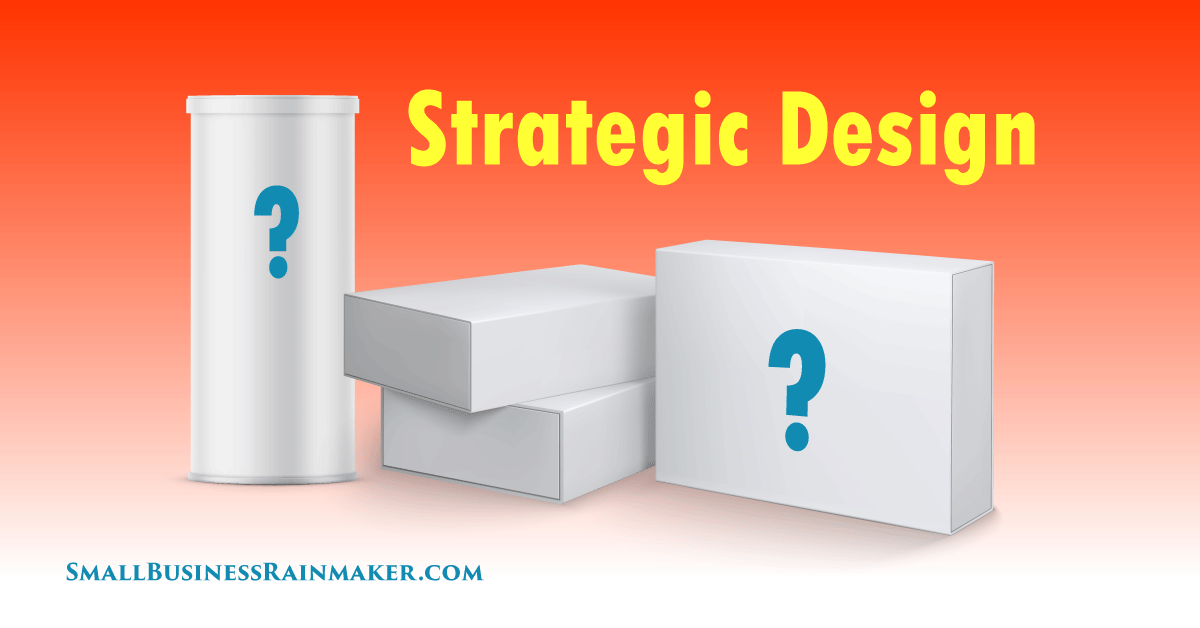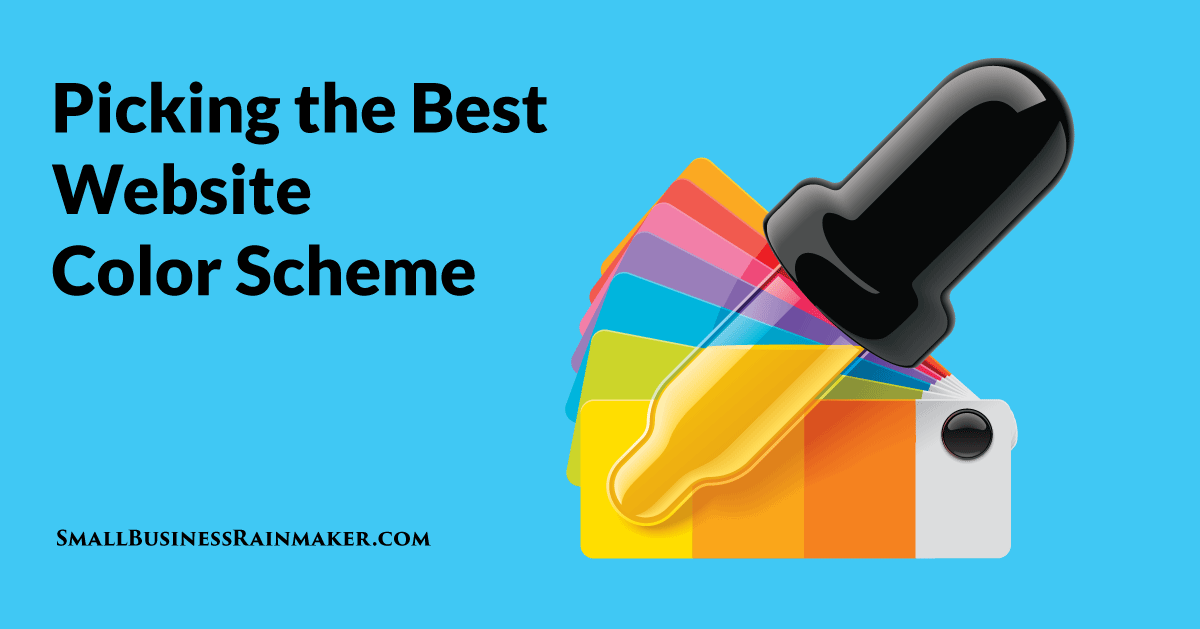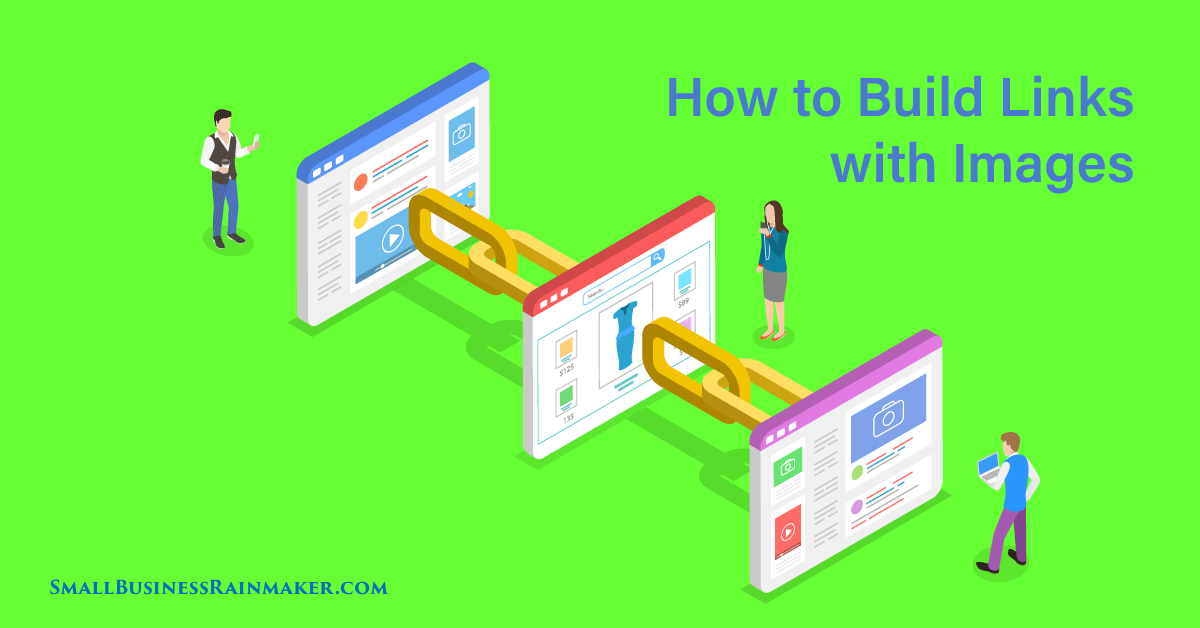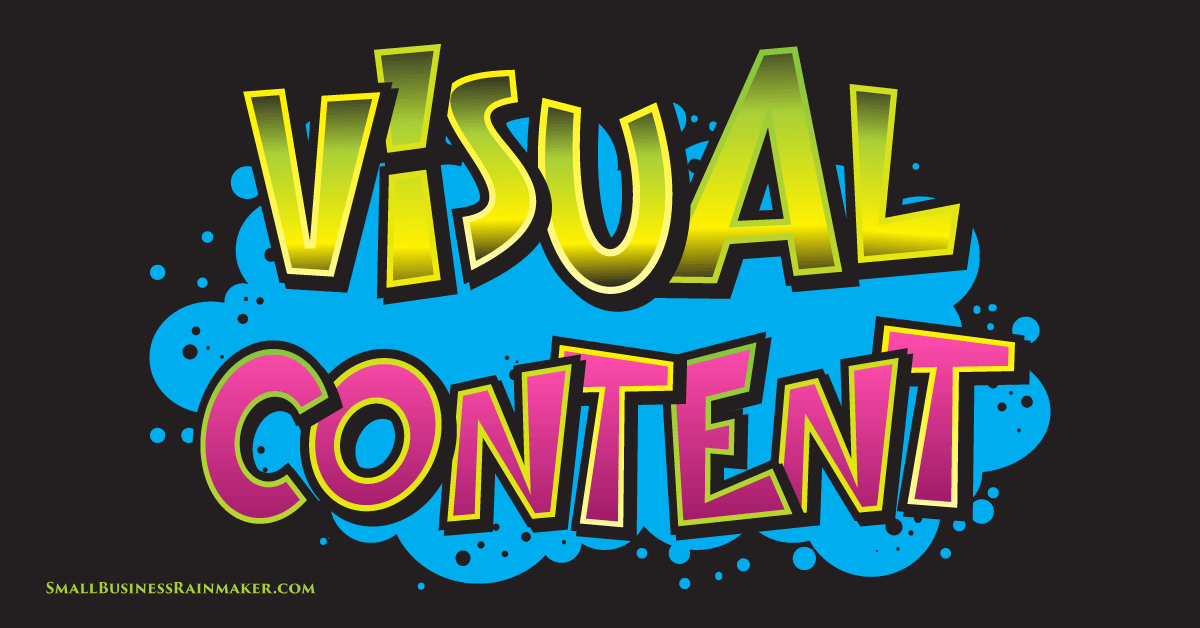
Okay, so you’ve got an awesome product idea. Chances are it won’t go anywhere if it isn’t marketed to the right audience. Likewise, choosing the right design will play a huge part in how well you reach your audience after your product is manufactured or built.
Before you begin, there are two important questions you should be able to answer:
- Who is your target audience?
- What product are you (or will you) be designing?
As you’ll learn, answering both of these questions with confidence will set you up for success later. If either one of these elements is left unidentified or not identified clearly, you may find it hard to get your product into the hands of consumers.
Why is it important to know your audience?
It’s pretty unlikely that you’re creating a product for everyone, since there are certain people that are more likely to purchase, use, and otherwise interact with your product.
And why should you know what you’re designing?
If this question can’t be answered, then this journey should not begin this process. In fact, you won’t even be able to begin this process without a solid idea of what you will be designing.
7 Tips to Use Strategic Design to Reach Your Ideal Customer
Once you’ve determined clear answers to these two questions, you can begin your process while keeping the following seven design considerations in mind.
1 - Identify the Primary Audience
The first thing you’ll want to do is identify who your target audience is for your business. This applies whether you have a unique idea or have been in the industry for a while. Recognizing who your audience is helps you establish your identity as a brand. As you design, brand, and market your product, you will come to realize that you’ll need to regularly refer to your knowledge of your audience to remain consistent.
To identify your buyer persona (i.e. to find your ideal customer), ask yourself:
- Who are they?
- What interests them?
- What motivates them?
- What beliefs and values do they hold?
Figuring out what you’re looking for will help you craft specific content and messaging to reach your audience in your marketing efforts.
2 - Determine the End Result of Your Design
A huge part of marketing is designing your product. So, when you treat your entire product design process as a segment of your marketing efforts, you increase your chances of reaching the right people.
If you’re having trouble establishing your end goal, review your company’s mission statement. Your mission likely plays a part in the reason behind your product design.
Begin with the end in mind. Dr. Stephen R. Covey said it best when he issued the advice to start every project with a clear understanding of where you want to end up.
Bottom line: no matter what type of product you’re creating, the basic design principles will be standard and applicable to other product types. However, what will vary is the intention behind your product depending on your product type. For example, designing a website may require some more effort due to its complexity and larger audience.
3 - Establish Clear Hierarchy
Not only should your message reach the right people, but it should be delivered in the right way. If not, you risk having your message ignored by the primary group of people you hope to reach!
Establishing hierarchy in design involves strategic placement—visually or otherwise—of different elements. With a website, this may be accomplished through search engines, while other forms may do this more visually to convey order.
Wondering where to start? Consider the path the eye naturally takes when scanning a body of text, image, etc. Position important pieces of information at the top in larger, heavier text and move towards smaller, lighter text towards the bottom.
4 - Use Color to Your Advantage
Different colors have different effects on people. Not only should you consider the color of your product, but you should also utilize color psychology in your product packaging and branding throughout your company.
Remember, color choice isn’t just for visual appeal. The colors you choose can send specific messages to your audience. So choose wisely!
5 - Utilize Compelling Typography
Typography is a crucial element in capturing your audience’s attention and establishing the look by which your brand will be recognized for years to come. The type, or font, you choose will convey the right message if it fits with your brand and style.
6 - Include Captivating Images
Images communicate your message directly to your audience and allow them to understand you visually. Images and other visual elements provide the opportunity to imply feelings or actions that might otherwise be too complex to articulate through text.
Again, remember to choose the right visual content and elements to connect with your target audience or your efforts will be in vain. For example, corporate audiences may prefer a clean, structured look while younger demographics may be more receptive to open and unconventional elements.
And just like text placement, image placement can make or break your design and ultimately your message.
7 - Consult with a Partner for Product or Graphic Design Services
To see ultimate success at the end of your product development process, expertise and experience will be required. If you don’t have certain skills, don’t hesitate to reach out to a product development company. Their specialized skills can supply you with a wealth of knowledge that can prove to be invaluable as you market for a specific audience.
Developing a product can take a lot of work, but knowing your audience is arguably even more important than the product design itself. If you don’t make a connection with your audience, they’ll show little to no interest in your product, and your hard work in design will have been for nothing.
Avoid this by studying what your audience likes and incorporating those interests into every part of your design. As you appeal to their needs and desires, your audience will become interested and begin engaging with your product.
 Kirk Grathwol is VP of Design at Jupiter Design and has over 25 years of design experience with companies both large and small, including Hasbro and Sevan Design & Marketing. He is a leader in cutting edge packaging and product and branding design trends, and he has led the development of thousands of successful current and past products in retail.
Kirk Grathwol is VP of Design at Jupiter Design and has over 25 years of design experience with companies both large and small, including Hasbro and Sevan Design & Marketing. He is a leader in cutting edge packaging and product and branding design trends, and he has led the development of thousands of successful current and past products in retail.
















Leave a comment